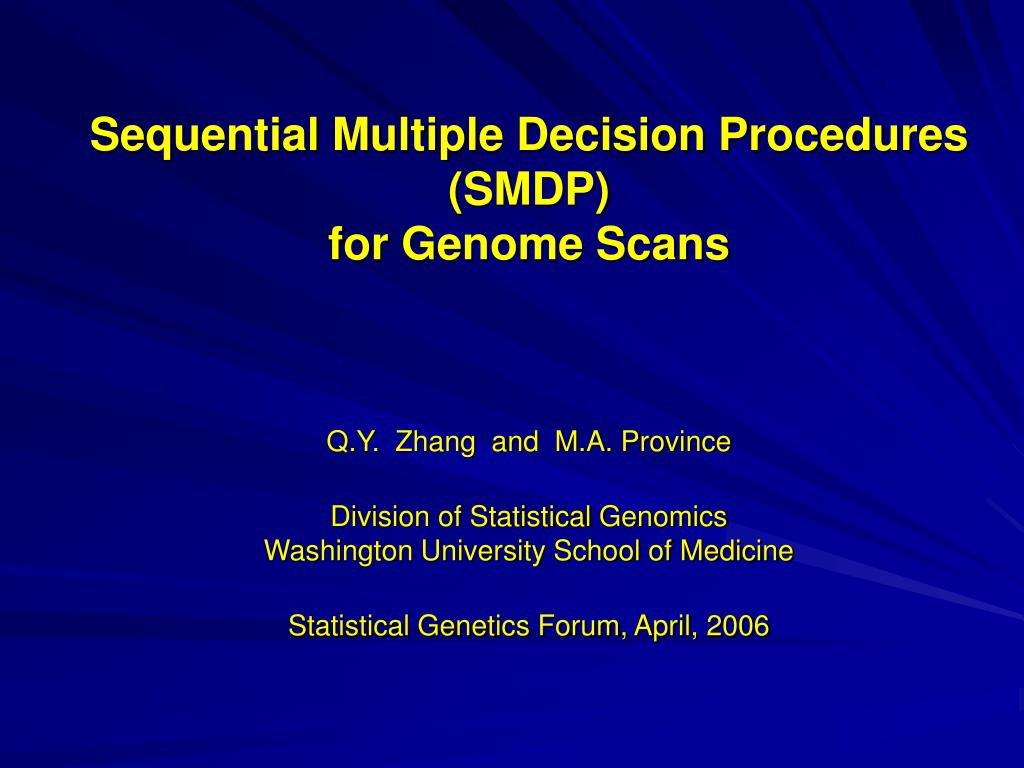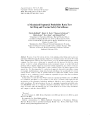

The most problematic EIDs were caused by RNA viruses, from influenza A virus pandemics in 1918, 1957, 1968, and 2009 to HIV first recognized in 1981 and now Severe Acute Respiratory Syndrome Coronavirus-2 (SARS-CoV-2), the cause of COVID-19. Most had zoonotic (animal to human) origins, and some reached pandemic proportions.

Over the past century, emerging infectious diseases (EIDs) have caused numerous outbreaks, severe illnesses, and many deaths ( 1). Finally, we offer recommendations for feasible actions to close the knowledge gaps across the One Health continuum and improve preparedness and response in the future. We discuss new models to address the challenges of creating an inclusive and effective governance structure, with the necessary stable funding for cross-disciplinary collaborative research. For all three, continued efforts to improve and integrate biosafety and biosecurity with the implementation of a One Health approach are essential.
#SEQUENTIAL TESTING EPIDEMIOLOGY DRIVERS#
We identify three primary targets for pandemic prevention and preparedness: first, smart surveillance coupled with epidemiological risk assessment across wildlife–livestock–human (One Health) spillover interfaces second, research to enhance pandemic preparedness and expedite development of vaccines and therapeutics and third, strategies to reduce underlying drivers of spillover risk and spread and reduce the influence of misinformation. We apply what we know about these outbreaks to identify relevant, feasible, and implementable interventions. The increasing scientific evidence concerning the origins of Severe Acute Respiratory Syndrome Coronavirus-2 (SARS-CoV-2) is most consistent with a zoonotic origin and a spillover pathway from wildlife to people via wildlife farming and the wildlife trade. We review major RNA virus outbreaks since 1967 to identify common features and opportunities to prevent emergence, including ancestral viral origins in birds, bats, and other mammals animal reservoirs and intermediate hosts and pathways for zoonotic spillover and community spread, leading to local, regional, or international outbreaks.
#SEQUENTIAL TESTING EPIDEMIOLOGY HOW TO#
Learning how it began and spread will help to determine how to reduce the risk of future events. COVID-19 is the latest zoonotic RNA virus epidemic of concern.


 0 kommentar(er)
0 kommentar(er)
